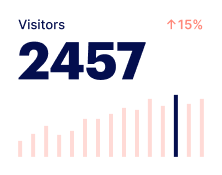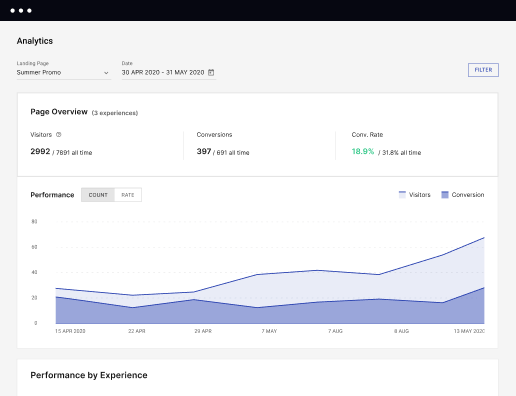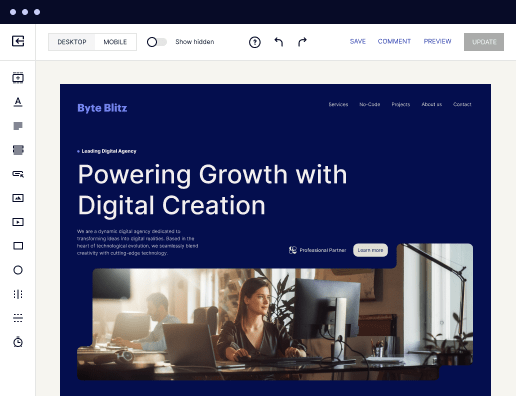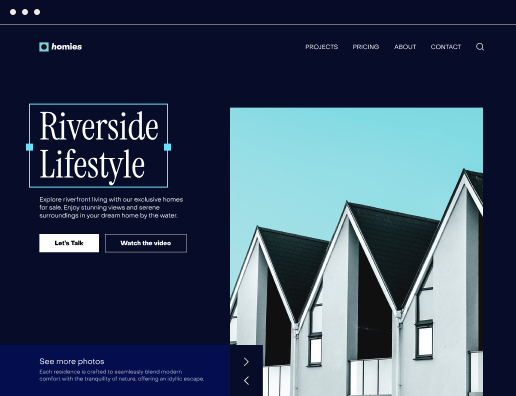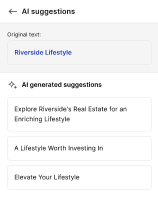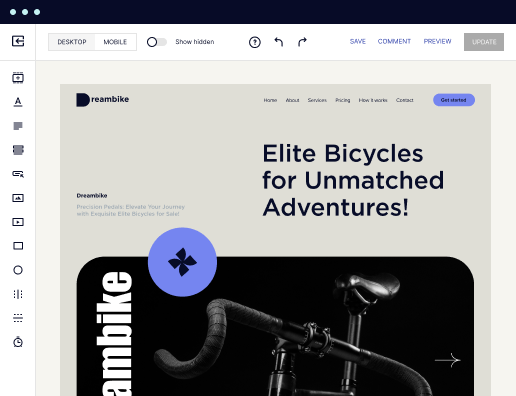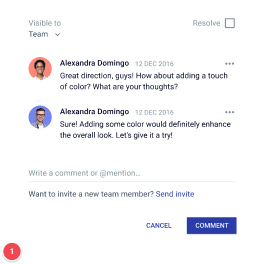Make a high-performance reporting page optimized for Google Chrome
Utilize Instapage to reduce costs, enhance conversions, and deliver tailored experiences in Google Chrome.
Build your reporting page in Google Chrome with Instapage
Creating a reporting page in Google Chrome can drastically enhance your marketing effectiveness. With Instapage, you can leverage our customizable landing page templates to create visually appealing and conversion-focused pages swiftly. Our built-in features empower businesses across sectors like education, tech, and financial services in the USA to communicate their brand effectively while optimizing costs and maximizing conversions.
Understanding your target audience for effective reporting
Before diving into the creation of your reporting page, it's crucial to identify your specific audience segments. Marketers in business services, government, and insurance are increasingly looking for tailored solutions. Understanding the demographics and psychographics of your audience can shape the content and layout of your reporting page.
- Define your objectives: What do you want to achieve with your reporting page? Whether it’s generating leads or increasing brand trust, clear objectives guide your content.
- Audience analysis: Consider their needs, behaviors, and preferences based on the verticals you operate in.
- Competitor research: Identify high-performing pages in your niche to gather inspiration and best practices.
Step 1: Crafting the structure of your reporting page
The first step in building your reporting page is outlining its structure. This includes deciding on the elements to include, such as headlines, key metrics, and visual data representations.
- Create engaging headers: Use dynamic text replacement to personalize headers based on the audience segment.
- Incorporate key metrics: Clearly display performance metrics that matter most to your audience.
- Utilize visuals: Heatmaps and charts enhance understanding and retention of data.
Step 2: Design and personalization
Design plays a significant role in how your reporting page is perceived. Opt for Instablocks from our library to maintain a consistent and appealing layout.
- Flexible layouts: Customize layouts with user-friendly drag-and-drop functionality.
- Ad integration: Use AdMaps to seamlessly align specific advertisements to the relevant pages.
- Personalization techniques: Ensure that metrics tracked align with audience interests to enhance engagement.
Step 3: Testing and optimization
Once your reporting page is live, the goal shifts to continuous improvement through testing. Utilize A/B testing features to refine each element based on real user interactions.
- Implement A/B testing: Test different versions of your page to find the most effective elements.
- Track user behavior: Use analytics dashboards to gain insights on user engagement and drop-off points.
- Iterate continuously: Optimize content based on performance metrics to improve conversion rates over time.
By following these steps, you can create a robust reporting page that not only meets marketing objectives but also enhances customer loyalty and brand trust.
Start building your reporting page in Google Chrome with Instapage today. Try our features to reduce costs and grow conversions while delivering relevant experiences.
Get more out of Build your reporting page in Google Chrome
Improve your Quality Score with quick load technology for landing pages
Increase conversions with content that aligns with your ads and audiences
Achieve maximum ROI by scaling your marketing initiatives
Leading the way in building high-performing landing pages





FAQs
See how to build your reporting page in google chrome in action
Ready to skyrocket conversions?
Supercharge your ad campaigns with high-performing landing pages.
Get started
